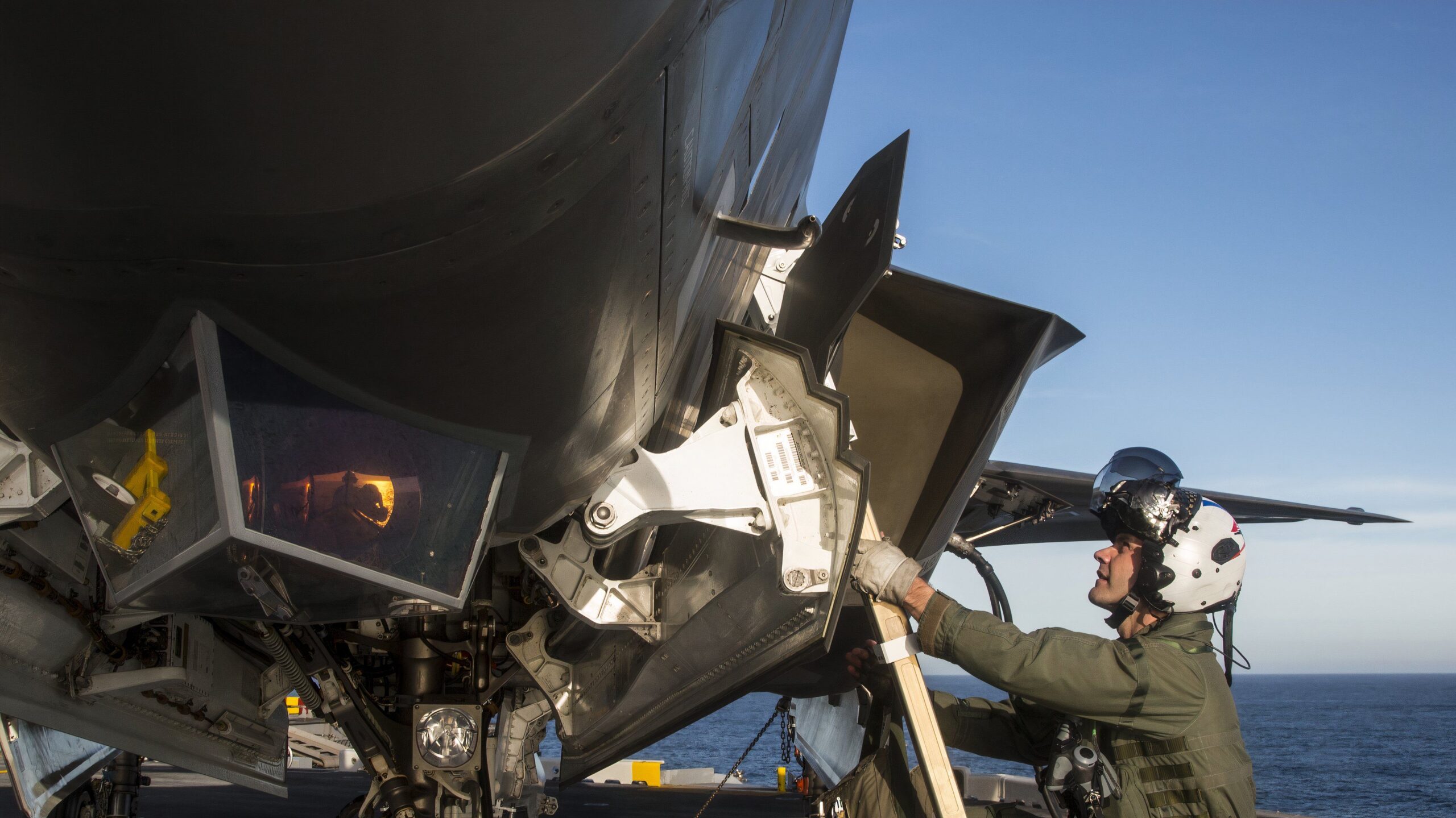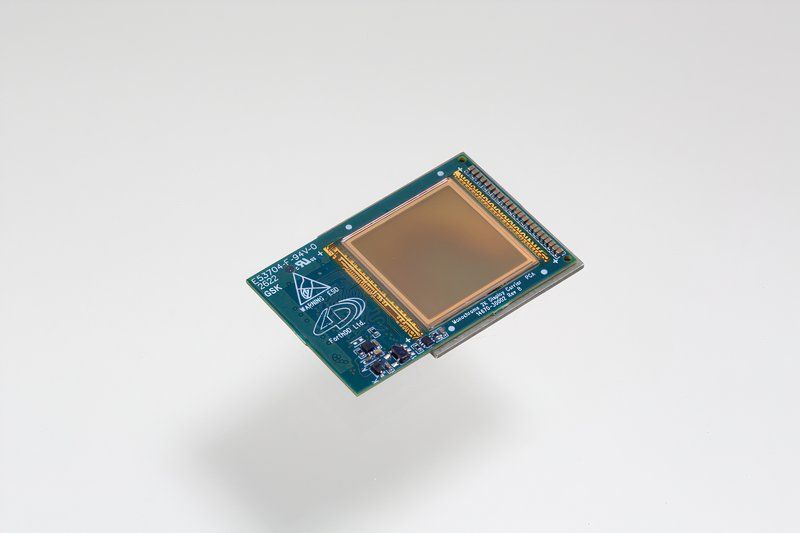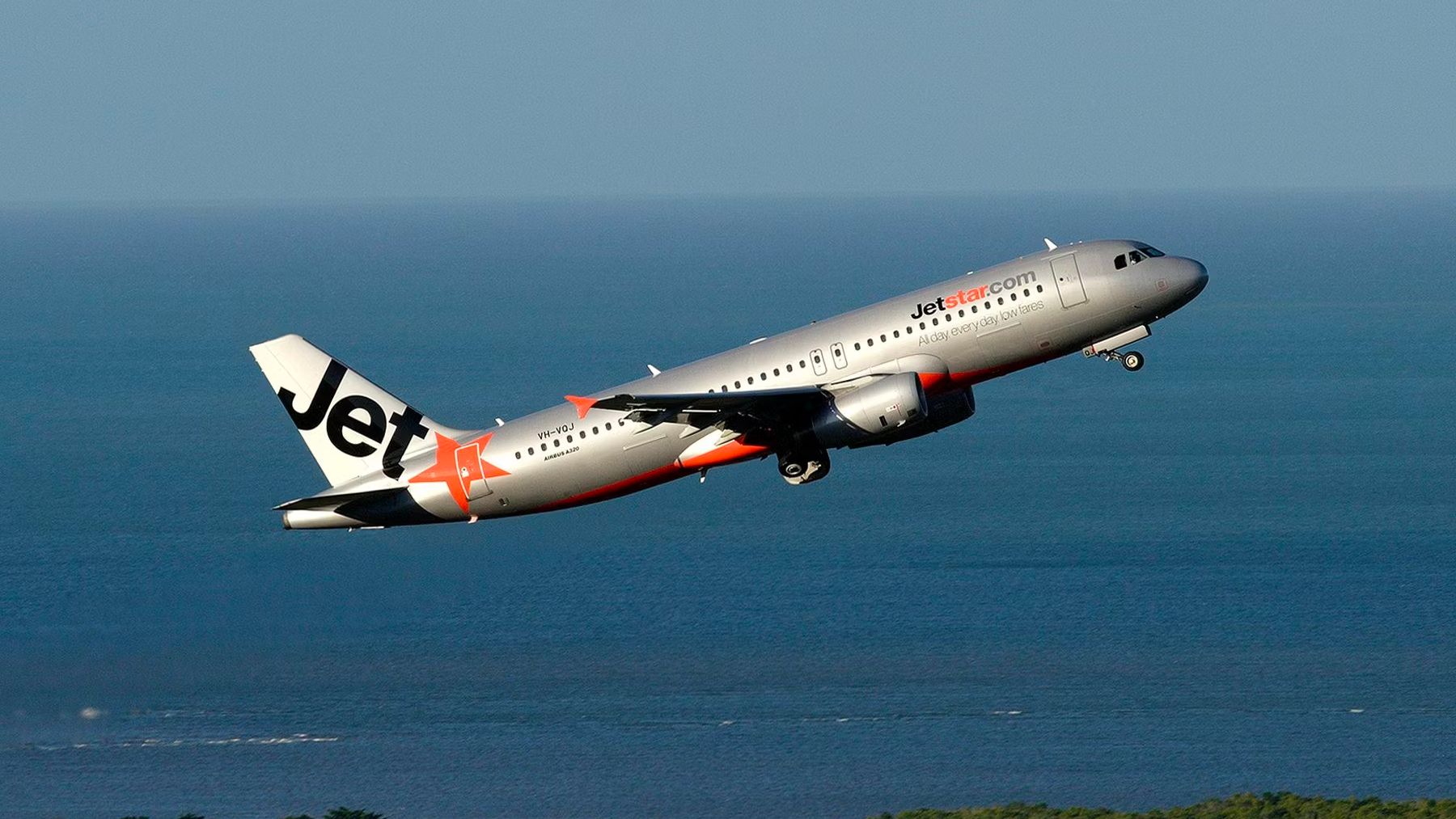In an October 10 conversation with Simple Flying, Kopin’s CEO Michael Murray shared the future of helmet-mounted displays for the military and possibly commercial use. Kopin’s Liquid Crystal Displays (LCD) are used in the F-35
fighter jet as well as the CH-47 Chinook and UH-60 Blackhawk. They will soon be using an Organic Light Emitting Diode on Silicon (OLEDoS) to support the Collins Aerospace F-35 Helmet Mounted Display System (HMDS), a form that projects information in front of a pilot.
Transmitting brighter, clearer flight information to the pilot
Kopin, a 40-year-old firm that has moved from making transistors to high-performance micro-displays for defense, enterprise, consumer, and medical products, has been awarded contracts to help support the F-35 program. One of the key features of the F-35 Lightning II fighter jet (aka Panther) is its ability to gather information and present critical information to pilots to complete their mission and return safely.
Each F-35 pilot is issued two such helmets and as an F-35 pilot source tells Simple Flying, retiring pilots have their helmets recycled and reused as much as possible. Murray notes that the F-35 helmet display needs to be able to survive not just the high Gs of flight but sudden accelerations and decelerations such as aircraft carrier take-offs and landings like the F-35B and F-35C variants as pictured below.
The contract for providing the next-generation micro-displays was awarded to Kopin for strength to have a service life worth the overall $500,000 helmet price tag. However, according to Kopin, the displays have a limited service life which is again, due to the high stresses placed on the electronics during F-35 fighter jet flight.
Kopin also now makes displays for other aircraft, such as the CH-47 Chinook and UH-60 Blackhawk transport helicopters. In the case of the CH-47 and UH-60, the sight is used during daytime operations to provide critical flight and targeting information to the pilot as part of the US Army’s Air Warrior System.
Photo: Kopin Corporation
According to the US Army, the Air Warrior System is about more than giving Army Aviation modern helmet-worn avionics, but also:
- Aircrew Integrated Helmet System (AIHS), a flight helmet with increased head and hearing protection as pictured above from the courtesy Kopin Corporation photo.
- Encrypted Aircraft Wireless Intercom System (EAWIS) for secure, cordless, hands-free internal aircrew communications in UH-60 and CH-47 aircraft
- Communication Enhancement and Protection System (CEPS) provides a helmet hear-through capability
- Improved survival equipment in several ways
- Microclimate Cooling System (MCS)
As you can see, US Army Aviation is going through a massive upgrade to F-35-esque standards. Better micro-displays that are about to improve are a step in that direction.
Micro-displays to be upgraded to MicroLED/μLED
Murray also shared with Simple Flying that the future of micro-displays will be MicroLED (aka μLED, inorganic light emitting diodes) with much-improved brightness and contrast as well as refresh rate. These displays need to refresh fast to show the latest data to an F-35 pilot taking the fighter jet to the limit – regardless of how bright the sky is. Additionally, MicroLEDs, as pictured below, do not require as much power as previous micro-displays – and power demand is an issue with head-worn systems.
Photo: Kopin Corporation
However, there are other potential uses of MicroLEDs to help improve information transfer to pilots, such as about pilots’ health. These uses work by enhanced eye tracking.
Future potential for micro-displays addressing pilot fatigue
Murray also discussed the potential uses of micro-displays in civilian piloting with Simple Flying. One potential use would be to check on pilot fatigue by evaluating a pilot’s pupils via eye-tracking. This way, an airline can buy glasses, goggles, or a monocle to project flight information to a pilot while also being informed via Kopin’s NeuralDisplay™ if a pilot is fatigued or even under the influence of certain substances. One can learn more from this Kopin tweet below:
In July 2022, we analyzed how Delta Air Lines handles fatigue. We noted Federal Aviation Administration (FAA) regulations that placed time limits on commercial flying in that analysis. “Fatigued” is legally defined in 14 CFR § 117.3 as the following:
“A physiological state of reduced mental or physical performance capability resulting from lack of sleep or increased physical activity that can reduce a flightcrew member’s alertness and ability to safely operate an aircraft or perform safety-related duties.”
Ultimately, legal “fitness for duty” states:
“No certificate holder may assign and no flightcrew member may accept assignment to a flight duty period if the flightcrew member has reported for a flight duty period too fatigued to safely perform his or her assigned duties.”

Related
How Do Airlines Manage Pilot Fatigue?
Governments and airlines alike have rules in place to ensure their pilots remain rested and ready to fly.
So, the ability to detect pilot fatigue is a key additional safety tool that Kopin can provide in the future. Additionally, Kopin claimed to be able to detect other health issues – including heart issues that could affect a pilot’s ability to fly, as exhibited in the recent Turkish Airlines Flight 204 incident.
Bottom line: Kopin is innovating the future of information display
Kopin is truly innovating the future of information display. From big contracts as a subcontractor supporting the F-35 enterprise to working on developing microLEDs that are brighter and more efficient and finally working to potentially address pilot fatigue – Kopin is working to make aviation even safer.





